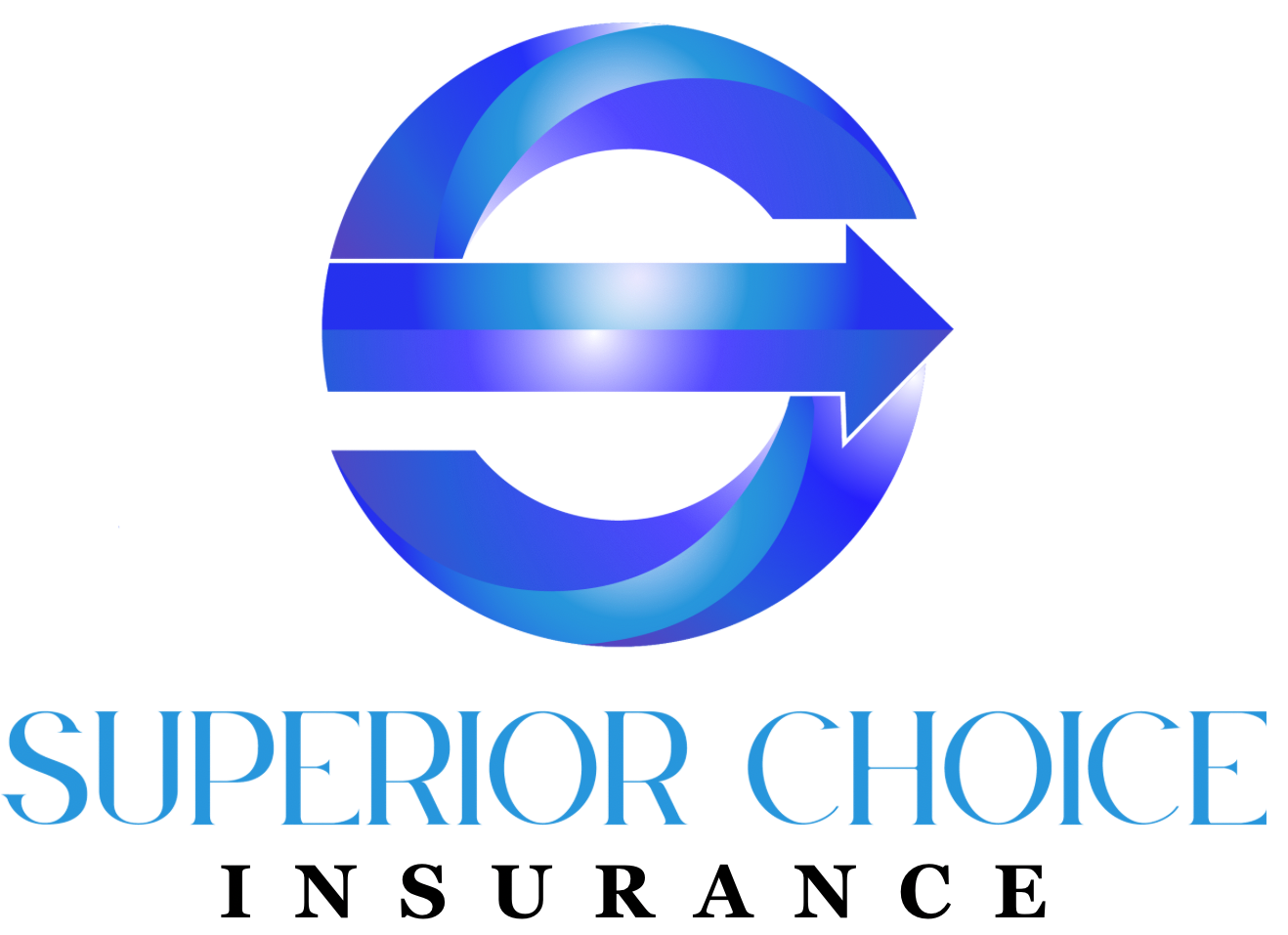MarketPlace/U65
Click here to begin viewing all available plans in your area Preview plans & prices
What is the Health Insurance Marketplace?
The comprehensive health care reform law enacted in March 2010 (sometimes known as Affordable Care Act (ACA), Patient Protection and Affordable Care Act (PPACA) or Obamacare.
The Health Insurance Marketplace® is a service run by the federal government that helps people, families, and small businesses:
- Compare health insurance plans for coverage and affordability.
- Enroll in or change a health insurance plan.
- Find out about tax credits for private insurance or health programs like Medicaid or the Children’s Health Insurance Program (CHIP).
- Get answers to questions about health care insurance.
The following states and Washington, D.C. run their own Marketplaces: California, Colorado, Connecticut, Idaho, Kentucky, Maine, Maryland, Massachusetts, Minnesota, Nevada, New Jersey, New, Mexico, New York, Pennsylvania, Rhode Island, Vermont, Washington
When is Open Enrollment?
Open enrollment for marketplace plans is run from November 1 to January 15 in most states. However, you may qualify for a Special Enrollment Period if you’ve had certain life events, including losing health coverage, moving, getting married, having a baby, or adopting a child, or if your household income is below a certain amount.
Are you eligible to use the Marketplace?
To be eligible to enroll in health coverage through the Marketplace, you:
- Must live in the United States.
- Must be a U.S. citizen or national (or be lawfully present). Learn about eligible immigration statuses.
- Can’t be incarcerated.
If you have Medicare coverage, you’re not eligible to use the Marketplace to buy a health or dental plan.
What is the Premium Tax Credit and Who Qualifies for it?
Premium tax credits (premium subsidies) were created by the Affordable Care Act (aka Obamacare). These subsidies are available through the exchange/marketplace in every state. Subsidy eligibility is based on income (ACA-specific MAGI). To qualify for a subsidy, a household must have an income of at least 100% of the federal poverty level (or above 138% of the federal poverty level in states that have expanded Medicaid). And although there is normally an income cap of 400% of the poverty level (discussed in more detail below), that does not apply from 2021 through 2025. Instead, subsidy eligibility is based on the cost of the benchmark plan relative to the person’s income. If it’s more than 8.5% of the person’s income (or a lower percentage, for people with lower incomes), a subsidy is generally available.
